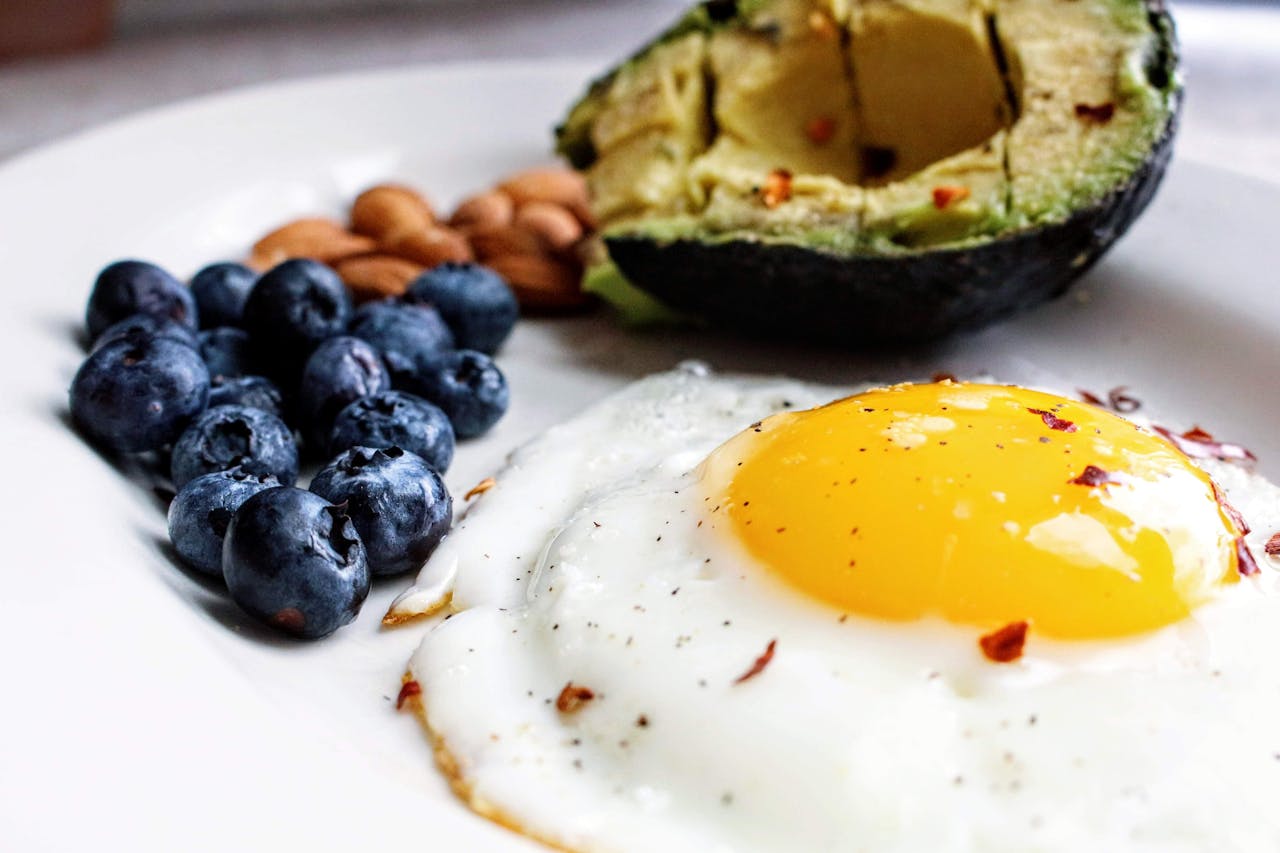The Cult of Protein
Walk through any American supermarket and you’ll see it: protein in cereal, protein in chips, protein in water. The nation has turned its favorite macronutrient into a moral virtue, as if the answer to every physical and emotional deficiency could be found in a shaker bottle. Marketing slogans scream “High-Protein!” like war cries of nutritional salvation — never mind that the average American already eats far more than their body can process effectively. Somewhere between gym selfies and meal prep containers, protein has become less about physiology and more about faith.
How Much Is Too Much?
According to the Dietary Guidelines for Americans, the recommended daily intake of protein for adults is around 0.8 grams per kilogram of body weight. But surveys show that many Americans, especially men chasing muscle gain, consume between 1.2 and 1.8 grams per kilogram — sometimes more. That’s fine if you’re training like an Olympian, but less ideal if your cardio is limited to walking from your truck to the gym door. The irony? The U.S. obsession with “getting enough” protein has led to a different kind of malnutrition: one of imbalance and overcompensation.
| Group | Recommended Intake (g/kg) | Average U.S. Intake (g/kg) |
|---|---|---|
| Sedentary adults | 0.8 | 1.3 |
| Active adults | 1.2 | 1.6 |
| Athletes | 1.6–2.2 | 1.9 |
The Science We Keep Ignoring
Protein is essential — but it’s not magic. Excess intake doesn’t mean exponential muscle gain; it often means higher nitrogen waste, possible renal strain, and an expensive habit of feeding supplement companies. A 2020 review in the *Journal of Nutrition* found no consistent advantage in exceeding 1.6 g/kg for muscle synthesis, yet the U.S. fitness culture seems determined to treat science like background noise at a CrossFit box.
It’s not that Americans lack access to information — they just prefer motivation slogans that sound like destiny: “More Protein = More Power.” Unfortunately, biology doesn’t do slogans.
Quality vs. Quantity
The next frontier isn’t about eating more protein but about eating better sources. The quality of amino acids, digestibility, and micronutrient content matter more than sheer volume. Yet supermarket shelves are lined with ultra-processed protein snacks built from soy isolates, artificial sweeteners, and palm oil.
They’re marketed with rugged fonts and grayscale packaging — the aesthetic of discipline, masking the chemistry of indulgence. When you compare animal, plant, and synthetic proteins side by side, the American diet often wins the quantity contest but loses the quality war.
| Protein Source | Digestibility (%) | Micronutrient Density | Environmental Impact |
|---|---|---|---|
| Whey isolate | 95 | Moderate | High |
| Eggs | 98 | High | Medium |
| Pea protein | 85 | Moderate | Low |
| Soy isolate | 88 | Moderate | Medium |
| Beef | 92 | High | Very high |
Fortified America – When Vitamins Become Marketing
If protein is America’s favorite macronutrient, then fortification is its favorite illusion of health. Since the 1940s, the U.S. has been adding synthetic vitamins and minerals to everything from flour to milk to breakfast cereal — a public health success at first, now an excuse for industrial food to masquerade as nutrition.
Walk down the cereal aisle and you’ll see boxes bragging about “12 essential vitamins and minerals” printed next to cartoon leprechauns and chocolate puffs. It’s nutritional cosplay: micronutrient patchwork designed to hide the absence of actual food. The logic seems to be, “If we sprinkle in some B12, no one will notice the sugar.”
Fortification made sense when the country faced rickets, goiters, and pellagra. But today it’s often a marketing strategy — a way to sell refined grains and ultra-processed snacks under a wellness halo. Milk “fortified with vitamin D” sounds noble until you remember that natural vitamin D sources like sunlight, salmon, and egg yolks require no corporate intervention.
The same goes for “enriched” white flour, which is nutritionally depleted in the first place because the bran and germ were stripped away for longer shelf life. In short: the U.S. food system breaks food, adds synthetic fixes, and sells it back as an upgrade. If Apple made bread, this would be the iLoaf.
Better Sources, Smarter Use
There’s a simple truth buried under all the marketing noise: humans don’t need endless protein bars or fortified flour to thrive. Whole foods — lean meat, fish, eggs, legumes, nuts, and dairy — already provide everything most people require, often with superior nutrient synergy. Athletes might need targeted supplementation, but even there, precision beats excess.
Studies from the *American College of Sports Medicine* highlight that protein timing and distribution (spreading intake evenly across meals) can improve muscle protein synthesis more effectively than doubling total intake. It’s not about eating more — it’s about eating right.
Meanwhile, the wellness industry has blurred the lines between performance nutrition and panic buying. Every influencer with a tripod now claims to have “hacked recovery” with 40-gram shakes and collagen coffee. But the best recovery still comes from better sleep, hydration, and progressive overload — not another scoop of chocolate-flavored lab dust. The average American might gain more by cutting back on ultra-processed foods than by adding another supplement shelf.
Where This Is Heading
The American protein obsession tells a larger story about health anxiety disguised as ambition. The same country that fears carbs and worships macros is still battling obesity, diabetes, and nutrient deficiencies. That’s not a coincidence — it’s a system built on confusion, where marketing outruns metabolism.
The next evolution of fitness won’t come from more fortified foods or new protein bars but from metabolic literacy: understanding how energy, stress, and recovery actually interact. Until then, the “protein generation” might keep flexing in the mirror — not realizing that the real muscle America needs to train is critical thinking.
Sources
1. Journal of Nutrition (2020): "Protein Intake and Muscle Protein Synthesis Across Lifespan."
2. American College of Sports Medicine Position Stand (2016): "Nutrition and Athletic Performance."
3. USDA Dietary Guidelines for Americans, 2020-2025.
4. Harvard T.H. Chan School of Public Health: "Protein: Moving Closer to Center Stage."
5. NIH Office of Dietary Supplements: "Fortification and Nutrient Restoration Policies in the U.S."
6. Journal of the Academy of Nutrition and Dietetics (2022): "Micronutrient Fortification — Public Health or Product Strategy?"













